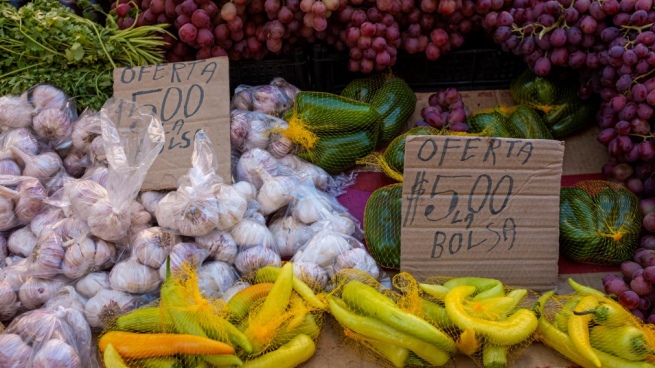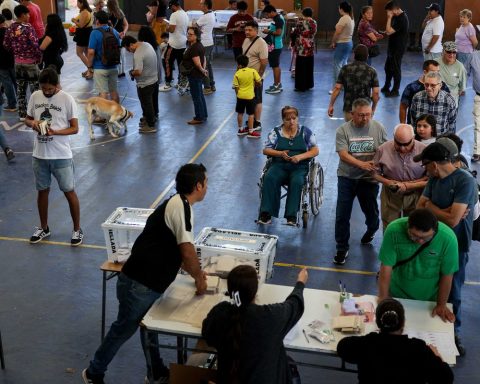The Chile’s Consumer Price Index (CPI) registered a monthly rise of 1.4% in April, a figure that exceeds estimates and that leads to an accumulated increase during 2022 of 4.8%, while In the last 12 months, the CPI registered a rise of 10.5%, the highest since August 1994, according to what the National Institute of Statistics reported this Friday. (INE) Chilean.
The INE explained that ten of the twelve divisions that make up the IPC basket presented positive incidences in the monthly variation of the index, while one presented a negative incidence and another a null incidence.
The divisions with positive impacts that stood out the most were food and non-alcoholic beverages (2.3%) with 0.474 percentage points (pp.) and recreation and culture (2.9%) with 0.191pp, which adds to that contributed by the rest of the divisions that contributed 0.733pp.
The clothing and footwear division was the one that registered no variation in its prices (to one decimal), with an impact of -0.001pp.
The INE detailed that the food and non-alcoholic beverages division, main cause of higher pricesregisters a rise of 10% so far this year, and 14.8% in recent months, and during April it registered important increases in bread and cereals (3%), which had an impact of 0.131pp., and oils and fats ( 16.4%), which contributed 0.096pp.
In addition, 56 of the 76 products that make up the division registered price increases, the most notable being vegetable oil (24.7%), with an impact of 0.085pp.; followed by bread (2.9%), with 0.069pp, figures that are added to those of the other products with positive effects, which accumulated 0.382pp.
The The second division that had the most impact on the price increase was that of recreation and culture where tourist packages (14.9%) stood out, contributing 0.170pp., followed by recreation and sports services (1.8%), with 0.019pp.
The last Survey of Financial Operators (EOF) estimated that the index would rise 1% in the fourth month of the year, however, after a monetary policy meeting, the Central Bank had already warned this Thursday that “”the recent evolution of inflation and its short-term prospects are above what was forecast in the March Report. This situation intensifies the risks of the inflationary scenario,” he warned.
“The domestic inflationary pressures have been increased by increases in international prices of energy and food, the depreciation of the exchange rate and the sustained global supply problems. The expectations for inflation from the surveys -EEA and EOF- remain above 3% two years ahead,” added the Central Bank in a statement.
















